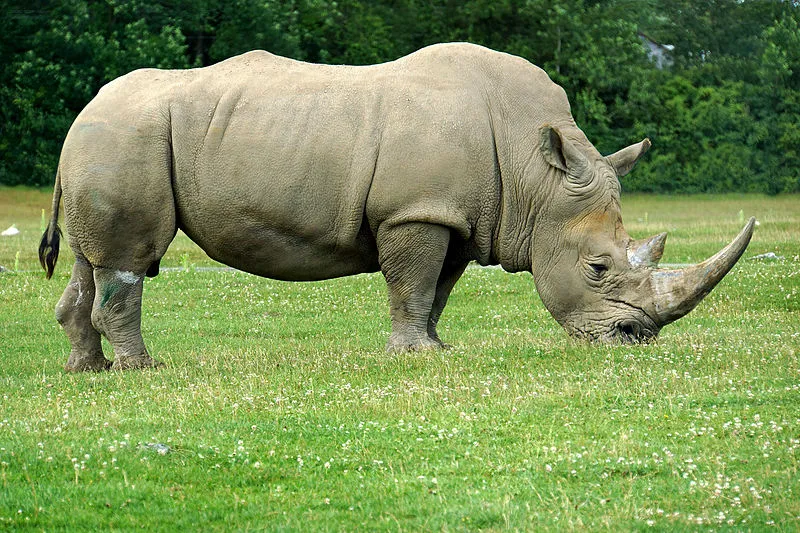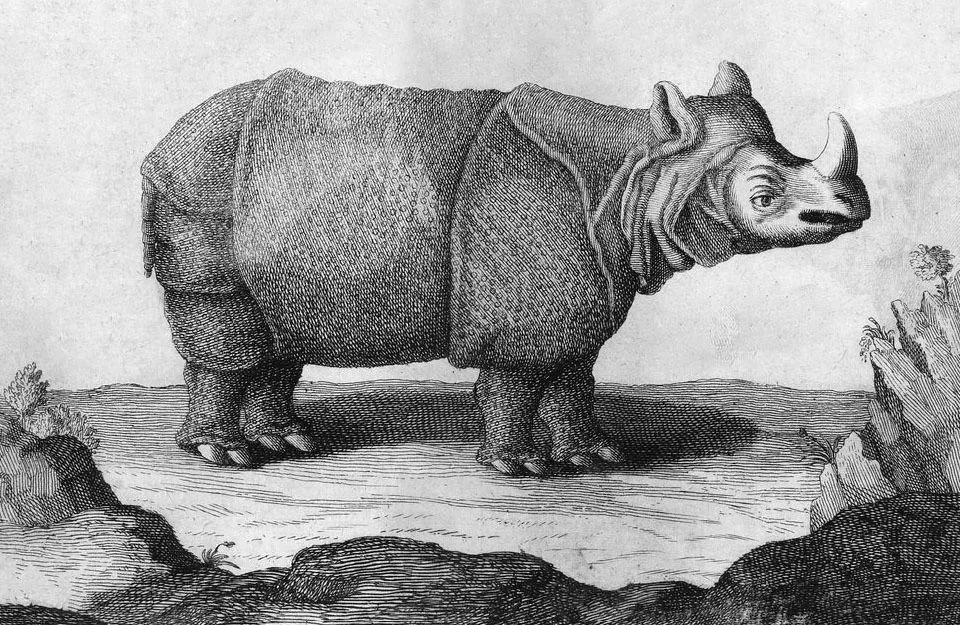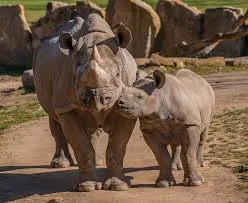Extinction events are nothing new for the planet now a days, but species are now dying out at an alarming rate and people are mainly responsible for this. At present we are losing dozens of species every day, according to the Center for Biological Diversity. Nearly 20,000 species of plants and animals are at a high risk of extinction and if the trends continue, Earth could see another severe extinction event within a few centuries.

A species becomes extinct when the last existing member of that species dies. Extinction therefore becomes a certainty when there are no surviving individuals that are able to reproduce and create a new generation. A species may become functionally extinct when only a handful of individuals survive which are unable to reproduce due to poor health ,age ,sparse distribution over a large range ,a lack of individuals of both sexes or other reasons.
“Unlike past mass extinctions, caused by events like asteroid strikes, volcanic eruptions and natural climate change like global warming. The current crisis is almost entirely caused by us humans", declaired by the Center for Biological Diversity. “In fact, 99 percent of currently threatened species are at risk from human activities, initially those driving habitat loss, introduction of exotic species and global warming.”

The West African black rhinoceros scientifically Diceros bicornis longipes was a subspecies of the black rhino that was declared extinct in 2011.They are also known as hook-lipped rhinoceros. They were native to eastern and southern Africa including Botswana, Kenya, Malawi, Mozambique, Namibia, South Africa, Swaziland, Tanzania, Zambia, and Zimbabwe. Although the rhinoceros is referred to as black, its colors differs from brown to grey .The subspecies last existed in Cameroon, but an extensive survey in 2006 did not find any signs of living West African black rhinos. According to the IUCN, “it is highly probable that this subspecies is now extinct” .

An adult black rhinoceros stands 140–180 cm (55–71 inch) high at the shoulder and is 3–3.75 m (9.8–12.3 ft) in length .An adult typically weights from 800 to 1,400 kg (1,760 to 3,090 lb), however unusually large male specimens have been reported at up to 2,199–2,896 kg (4,848–6,385 lb).The females are smaller than the males. There are Two horns on the skull which are made of keratin with the larger front horn typically 50 cm (20 inch) long, exceptionally up to 140 cm (55 inch). Their thick-layered skin helps them to protect the rhino from thorns and sharp grasses. Their skin harbors external parasites, such as mites and ticks, which may be eaten by oxpeckers and egrets. Such behaviour was originally thought to be an example of mutualism, but recent evidence suggests that oxpeckers may be parasites instead, feeding on rhino blood.

There is no single international body that declares a species or subspecies extinct, the International Union for Conservation of Nature’s Red List is a widely-recognized authority for keeping track of threatened and endangered species .The major focus of the Red List is to stop species from being extinct.
Photo credit Google